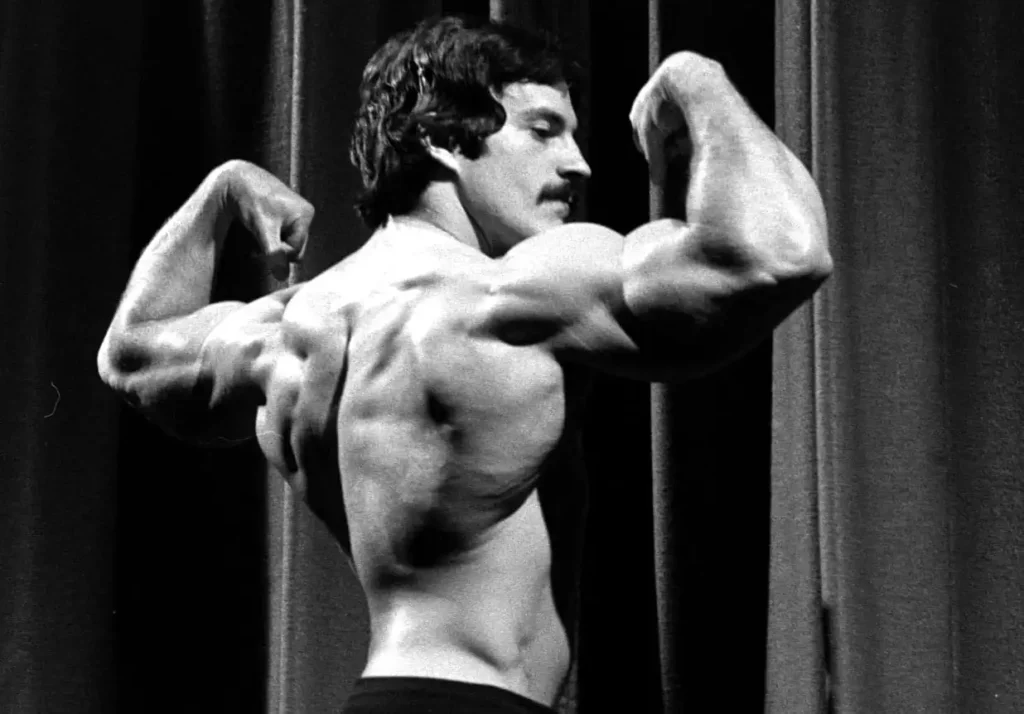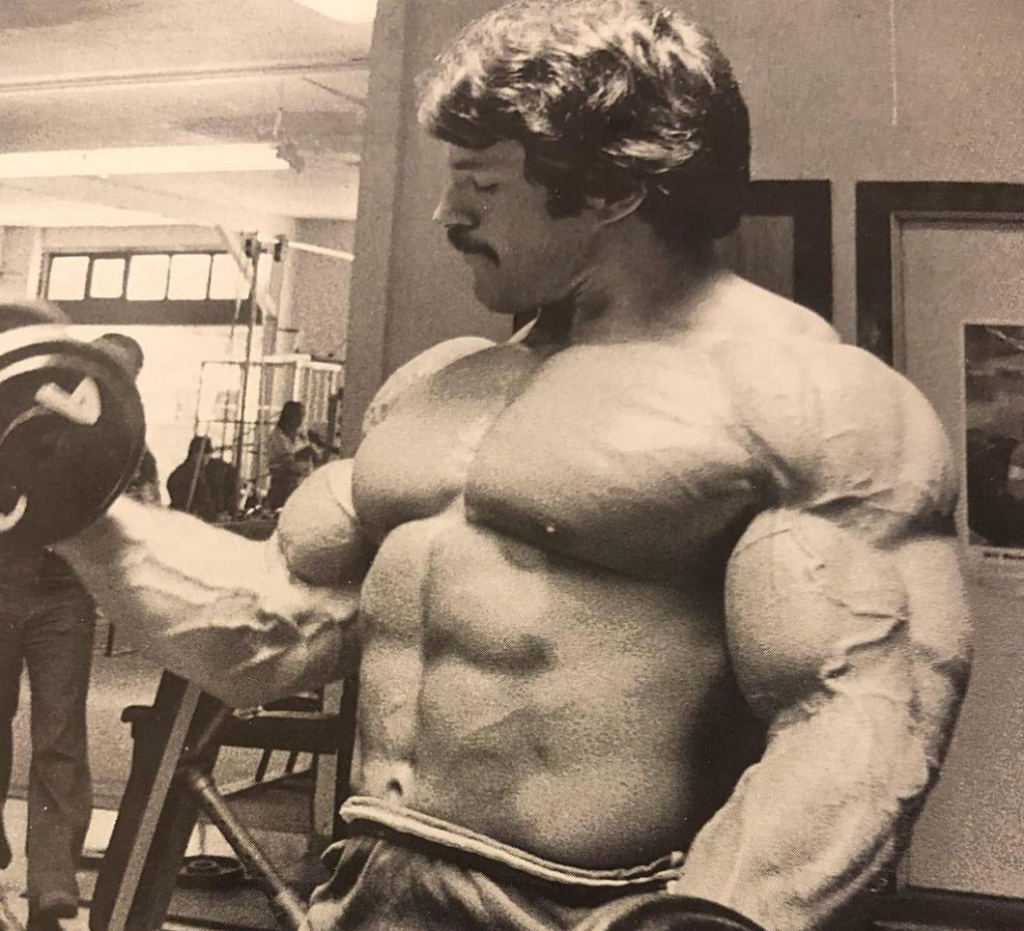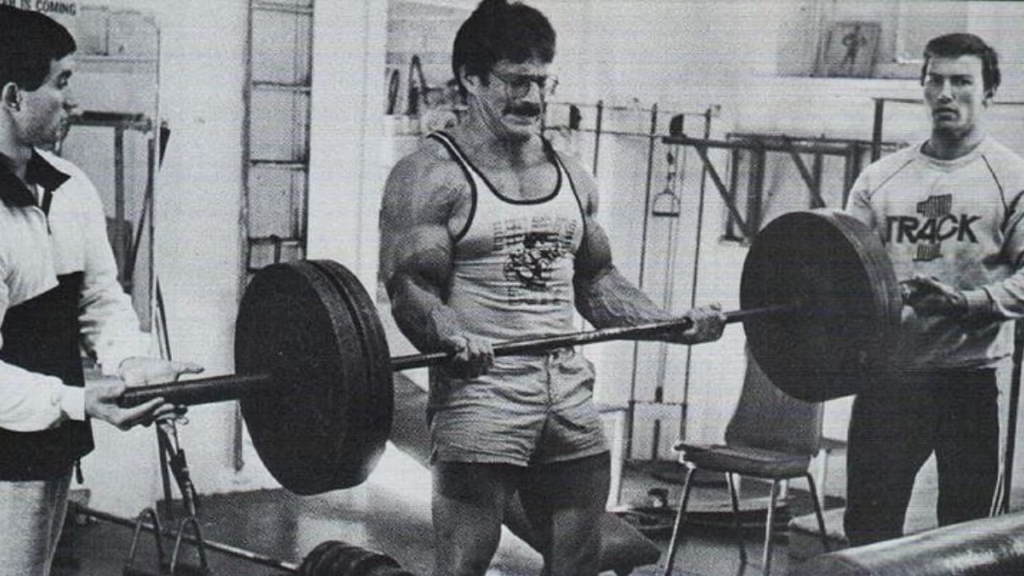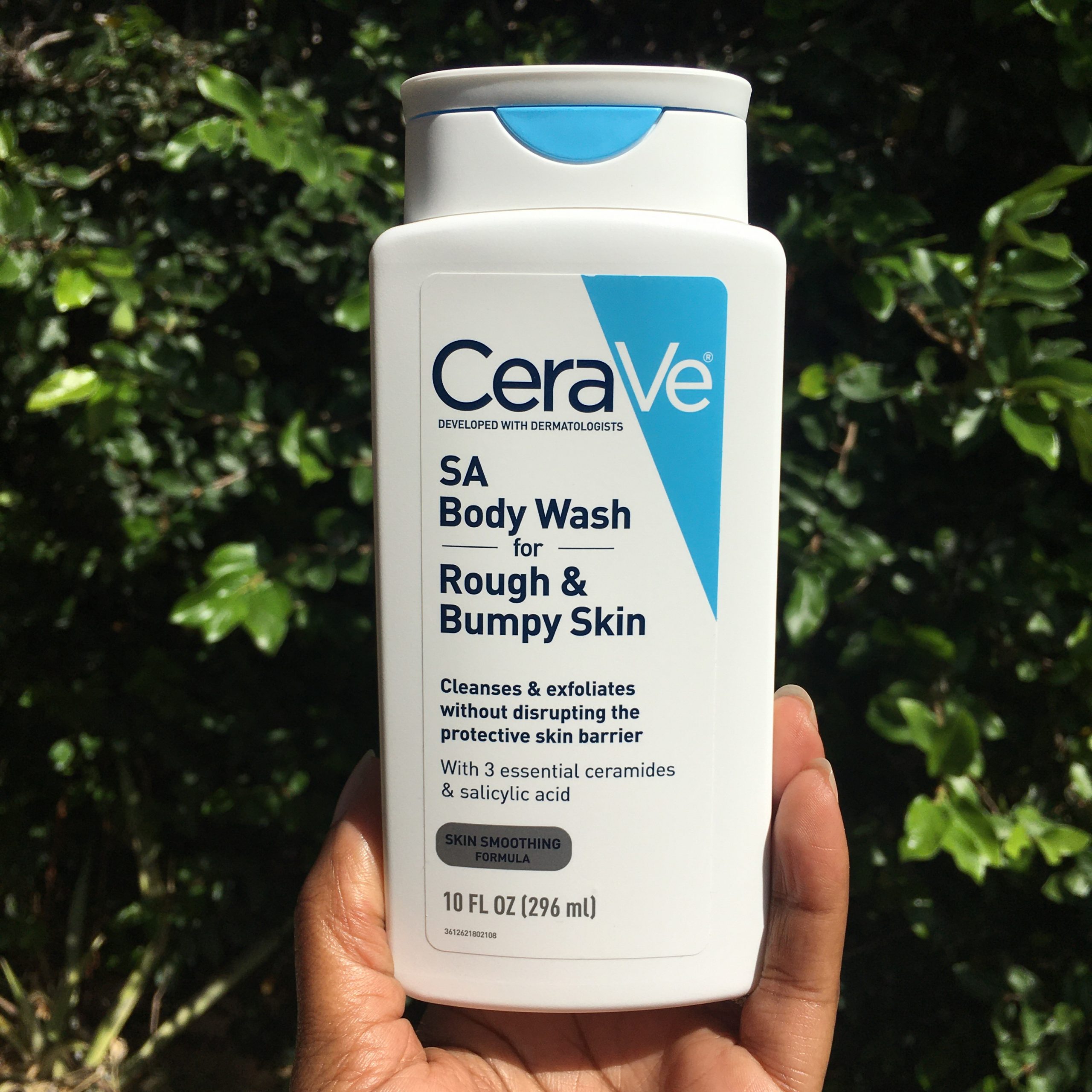Mike Mentzer Workout – You’re not alone if you’re tired of spending hours in the gym with minimal results. Bodybuilding legend Mike Mentzer felt the same way—and he revolutionized the fitness world with a radically different approach: High-Intensity Training (HIT).
Mentzer’s training philosophy challenged the traditional high-volume, multi-set routines by focusing on brief, intense workouts that emphasized recovery and efficiency.
Today, his principles continue to influence bodybuilders and everyday gym-goers alike who want maximum muscle growth with minimum time.
In this article, we’ll break down Mike Mentzer’s workout philosophy, key principles, training split, and whether this style is right for you.
Who Was Mike Mentzer?
Mike Mentzer was an IFBB professional bodybuilder, author, and philosopher who rose to fame in the 1970s and 80s.
He placed highly in multiple Mr. Olympia contests and became known not just for his physique but for his rational, science-driven approach to training.
Mentzer was the first professional bodybuilder to score a perfect 300 at the 1978 Mr. Universe competition. But what made him a legend was his advocacy of HIT (High-Intensity Training)—a system that promoted training less often, but more intensely.
What Is High-Intensity Training (HIT)?
High-Intensity Training, as developed by Mentzer, centers on performing one all-out set per exercise to momentary muscular failure. That means you lift until you physically cannot perform another rep with good form.
Unlike traditional routines that use multiple sets and high volume, HIT focuses on:
- Low training frequency (2–4 workouts per week)
- High effort and intensity
- Shorter training sessions (30–45 minutes)
- Longer recovery periods
This style aims to maximize growth stimulus while minimizing overtraining, making it ideal for those who want to build serious muscle without living in the gym.
Core Principles of the Mike Mentzer Workout
Here’s a breakdown of what makes this workout approach unique and effective:
- Train to Failure
Mentzer believed that pushing muscles to total fatigue is the key to growth. That final, difficult rep triggers the most adaptation.
- Minimal Volume, Maximum Effort
More sets don’t mean more growth. One properly executed set per movement is enough—if it’s truly intense.
- Proper Form and Slow Tempo
Controlled reps with perfect form and a slower pace ensure full muscle engagement and reduce injury risk.
- Progressive Overload
Your goal is to increase weight, reps, or time under tension over time. This progression keeps muscles adapting.
- Rest and Recovery
Muscles grow outside the gym, not in it. Mentzer encouraged 48–96 hours of rest between training sessions, depending on intensity and individual recovery.
Mike Mentzer’s Original Split (Consolidated Routine)
Mentzer’s most popular training split is known as the “Consolidated Routine”, often done 2–3 times per week. Each workout includes compound movements for full-body stimulation.
Example: 2-Day HIT Split
Day 1: Chest, Back, Legs
Chest Dips or Bench Press – 1 set to failure
Pulldowns or Chin-Ups – 1 set to failure
Leg Press or Squats – 1 set to failure
Calf Raises – 1 set to failure
Day 2: Shoulders, Arms
Overhead Press or Lateral Raises – 1 set to failure
Barbell Curl or Machine Preacher Curl – 1 set to failure
Triceps Pushdowns or Close-Grip Bench Press – 1 set to failure
Ab Crunches (Optional) – 1 set to failure
Note: Each workout typically starts with a warm-up and includes rest periods of at least 2–3 days in between.
Progressive HIT (Advanced Mentzer Split)
Mentzer later developed an advanced version of his routine for seasoned lifters.
4-Day Split (Over 9–12 Days)
Workout 1: Chest and Back
Workout 2: Legs
Workout 3: Shoulders, Biceps, Triceps
Workout 4: Repeat or Rest
Each body part is hit with 1–2 intense sets per exercise, and workouts are spaced out with 2+ days of rest, depending on recovery.
How Long Should Each Workout Last?
Using Mentzer’s system, most workouts last 30–45 minutes. Because each movement is taken to absolute failure, you don’t need multiple sets or long sessions.
Pros and Benefits of the Mike Mentzer Workout
Time-efficient: Perfect for busy individuals who want results without 5–6 gym days per week.
- Recovery-focused: Ideal for people who burn out on high-volume training.
- Mental discipline: Teaches how to push your limits with full focus.
- Muscle-building potential: Trains both your body and nervous system for growth.
- Simple structure: No complex routines—just maximum intensity.
Things to Keep in Mind
- Not for beginners: Training to true failure requires good form and self-awareness.
- It may feel counterintuitive: Many people think more is better, but Mentzer taught otherwise.
- Progress must be tracked closely: You need to log weights, reps, and performance to ensure progress.
- Requires full effort: No shortcuts here. That single set has to be your all-out best.
Who Is This Workout Best For?
The Mike Mentzer workout is ideal for:
- Intermediate to advanced lifters
- Hardgainers who need recovery time
- Busy professionals wanting short workouts
- Lifters who have plateaued with volume training
If you’re new to weightlifting, start with traditional beginner programs before jumping into HIT.
Nutrition and Recovery: Mentzer’s Missing Link
Mike emphasized that no training plan works without proper nutrition. For HIT to be effective:
Get enough protein (1g per pound of body weight)
Sleep 7–9 hours per night
Stay hydrated and manage stress
Recovery is the foundation of growth in this method.
Final Thoughts: Is the Mike Mentzer Workout Right for You?
Mike Mentzer’s workout method isn’t for the faint of heart. It demands mental focus, physical intensity, and a commitment to recovery. But for those who embrace it, the results can be dramatic.
If you’ve been stuck in a plateau, or you’re tired of marathon workouts with minimal returns, Mentzer’s High-Intensity Training might be your ticket to real progress.









